 |
 |
 |
 |
 |
 |
 |
 |
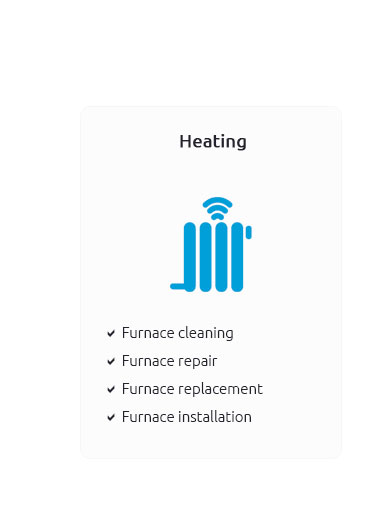 |
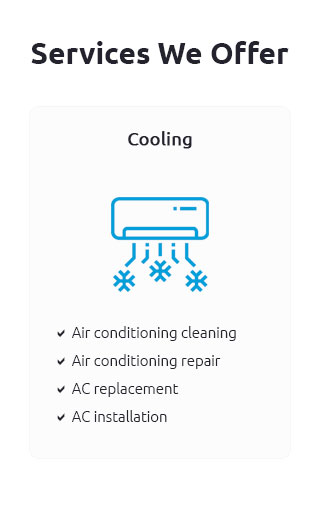 |
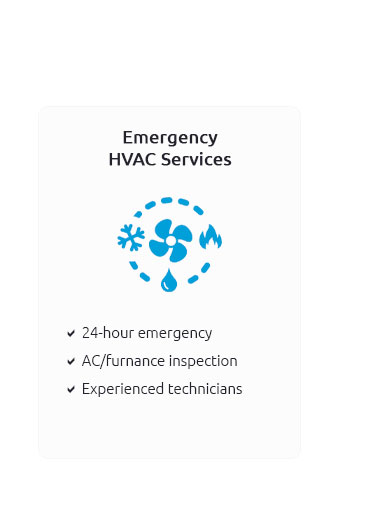 |
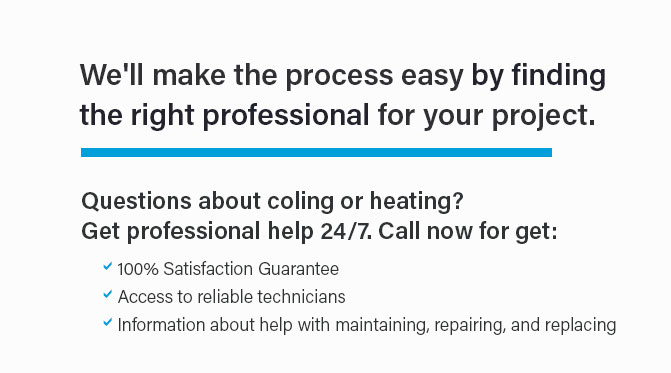 |
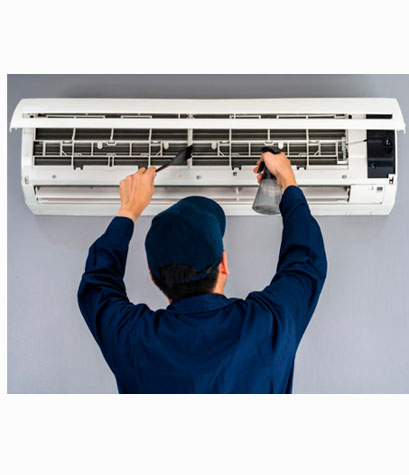 |
 |
 |
 |
|
zl2mgqu8xo7 Experience unparalleled comfort with our elite HVAC services, where your search for local contractors ends with industry-leading AC and heating experts who prioritize your peace of mind; our reliable heating and cooling solutions are designed to optimize your home's climate, ensuring you enjoy a seamless blend of efficiency and tranquility-because you deserve more than just temperature control, you deserve a sanctuary of comfort crafted by professionals who care.
https://www.reliableairsolutionstampa.com/
At Reliable Air Solutions of Tampa, LLC, we are your trusted local HVAC experts with over 20 years of experience. Licensed, bonded, and insured, ... https://www.flairhvac.com/ac-repair-tampa-fl/
Our AC Repair and Installation service from our highly knowledgeable technicians is available to diagnose and fix any of your HVAC troubles! https://www.yelp.com/biz/reliable-a-c-heating-saint-petersburg
Specialties: Heating and A/C Air Conditioning repair. Heating and A/C Air Conditioning Installation. Heating and A/C Air Conditioning Maintenance.
|